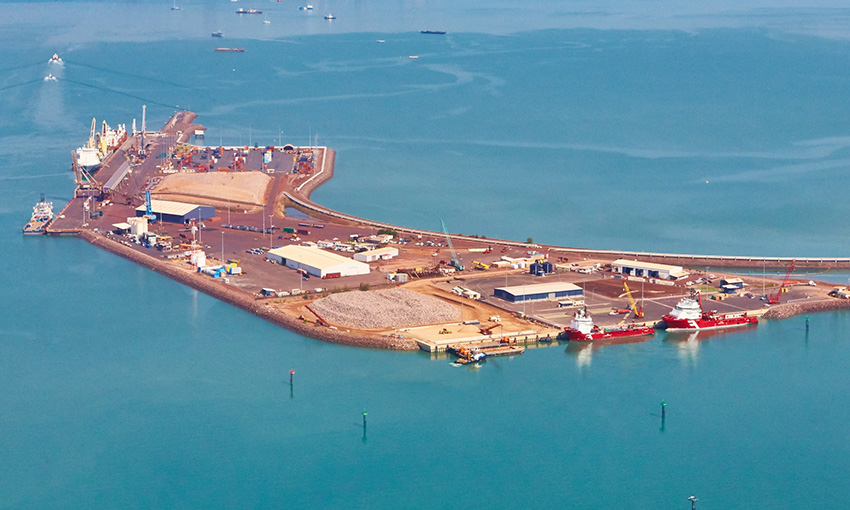TOTAL throughput at Darwin Port experienced an increase in the fourth quarter, according to the latest trade statistics available from the port.
This was achieved on the back of bulk exports which totalled 247,831 tonnes for the quarter, an increase of 31% on the July – September quarter. Meanwhile, bulk imports were 67,486 tonnes, down 31%. In total, bulk throughput was up 37% (85,459 tonnes) on the corresponding period in 2019.
Looking at bulk exports, December was the strongest month with 135,839 tonnes exported. Of this, 130,013 tonnes was attributed to mineral manufactures. For the quarter, the total mineral manufactures exported was 220,027 tonnes with China being the primary destination. Other minor contributors to bulk exports included stone, sand and gravel (10,384 tonnes) and ferrous waste and scrap (9307 tonnes).
During the October – December quarter, the port’s live export trade saw 73,436 head leave the port. This was down 22% on the third quarter and down 13% on the last year’s corresponding period. The live export trade for the quarter was the lowest number for the year. The top three destinations for the quarter were Indonesia (59,195 head), Vietnam (7676 head) and the Philippines (3738 head).
Turning to imports, the main three bulk items unloaded at the port were carboxylic acids (25,135 tonnes), lime, cement and fabricated construction materials (16,688 tonnes) and fertilisers (2597 tonnes).
Australian ports were the main origin point for all bulk imports for the quarter with 16,825 tonnes. This was followed by Singapore (12,997 tonnes), then Thailand (10,940 tonnes).
For the quarter, the port received 210,524 kilolitres of residual petroleum products – up 3% on the previous quarter and up less than 1% on the corresponding period last year. Malaysia was the major contributor for the quarter (159,424 kL), followed by Singapore (39,809 kL) and Australia (11,291 kL).
The port received 1,693 motor vehicle units during the quarter. This was an increase of 44% on the July – September quarter, and 31% up on 2019’s numbers.

